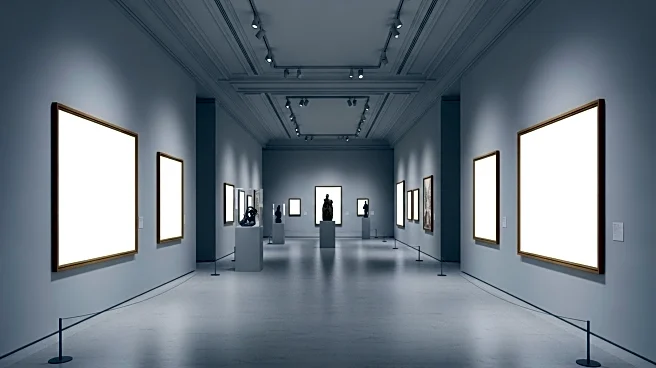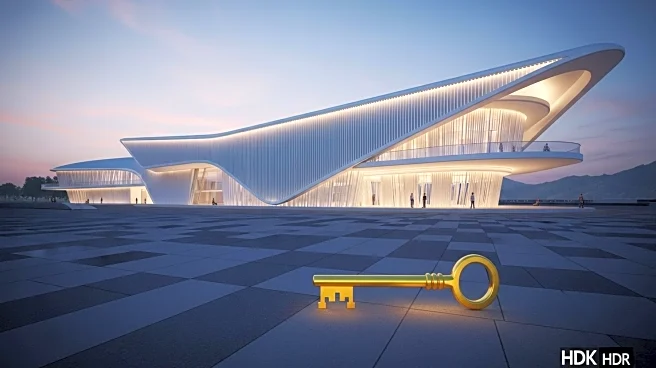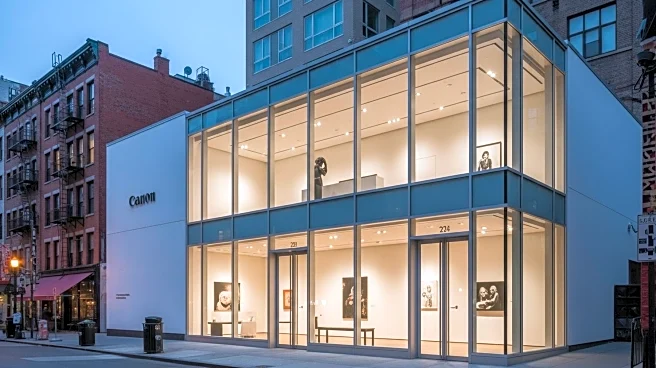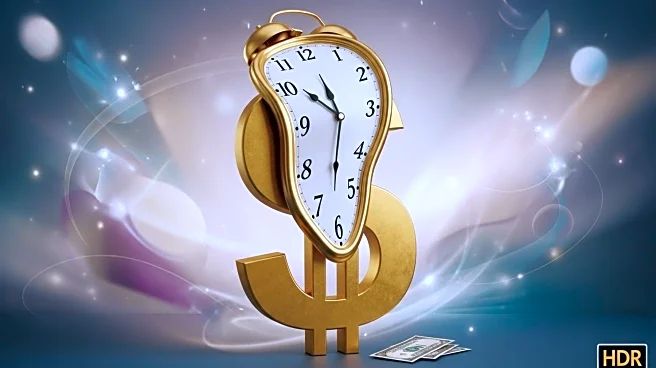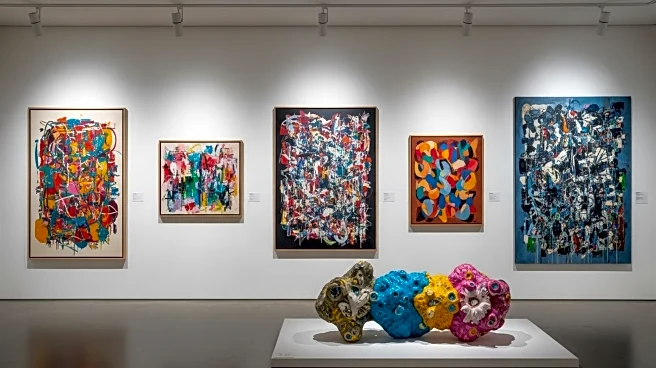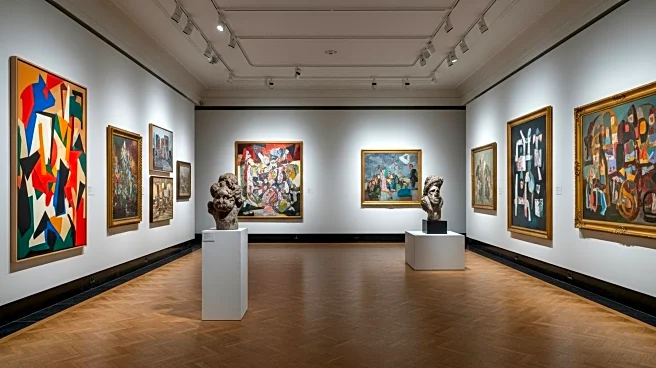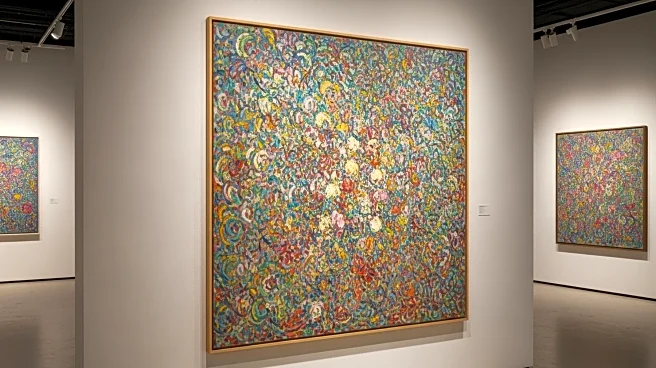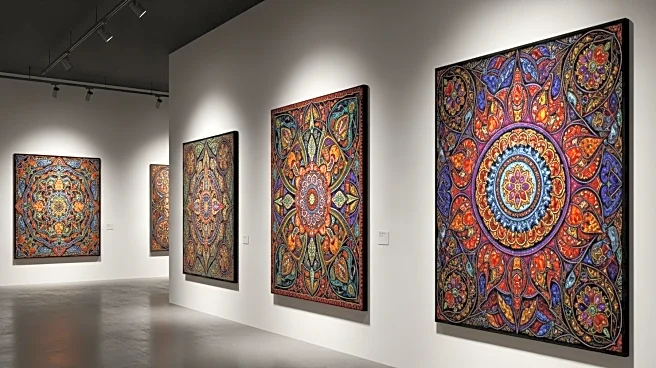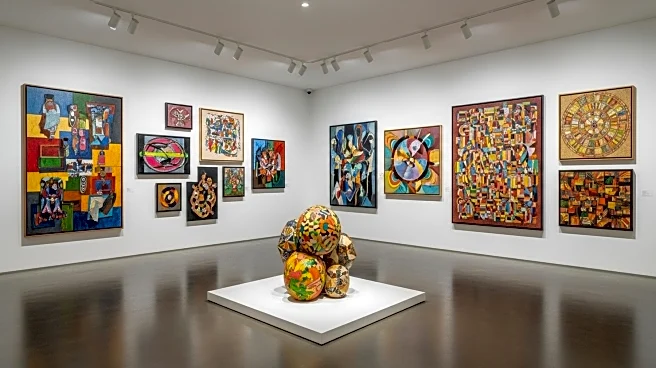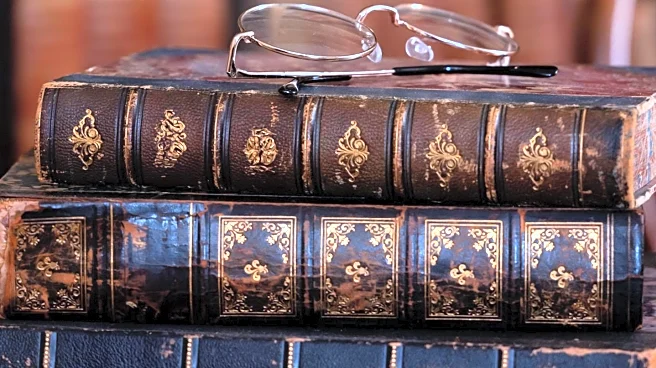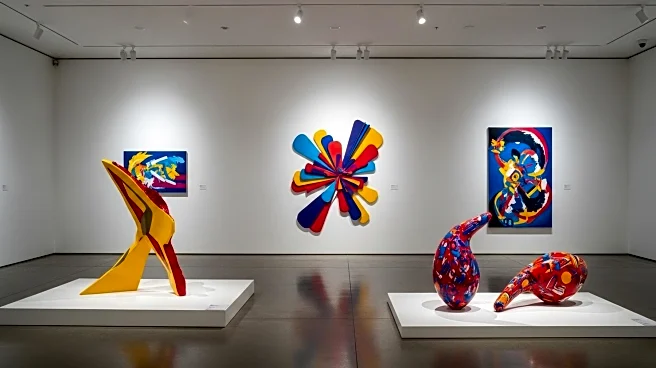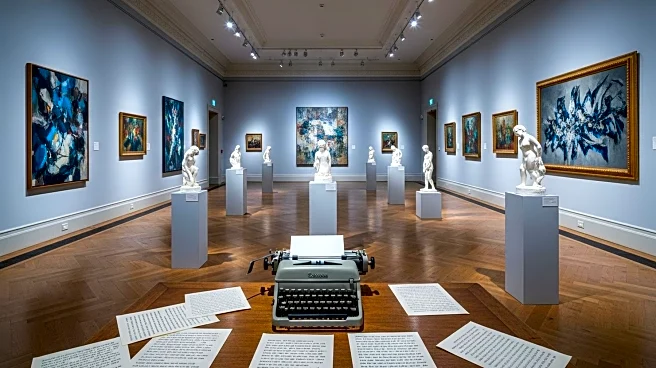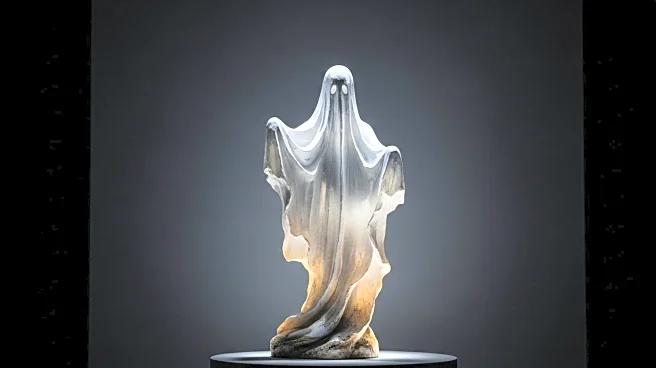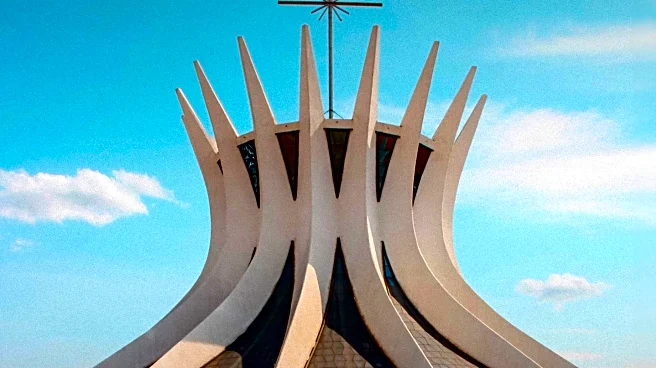What is the story about?
What's Happening?
The Tate museum group is experiencing a decline in visitor numbers and a financial crisis, leading to redundancies. Despite efforts to attract younger audiences, the institution struggles with a lack of visitors from continental Europe. The National Gallery, a rival, is expanding and has announced plans to build a new wing, challenging Tate's dominance in modern art exhibitions. Tate's approach to contemporary art, focusing on video and performance, contrasts with the National Gallery's emphasis on historical art evolution.
Why It's Important?
The challenges faced by Tate highlight broader issues within the art sector, including the need for institutions to adapt to changing audience preferences and financial pressures. The National Gallery's expansion could shift the balance of power in the art world, potentially attracting more visitors and funding. This situation underscores the importance of strategic planning and innovation in maintaining relevance and financial stability in the cultural sector.
What's Next?
Tate may need to reconsider its exhibition strategies and audience engagement methods to regain its footing. Collaborations with other institutions or changes in its curatorial approach could be necessary to attract diverse audiences. The National Gallery's expansion plans could lead to increased competition, prompting Tate to innovate and potentially redefine its brand to stay competitive.
Beyond the Headlines
The situation at Tate raises questions about the sustainability of traditional art institutions in the face of evolving cultural consumption patterns. The emphasis on contemporary art may need to be balanced with historical narratives to appeal to a broader audience. Additionally, the financial struggles highlight the need for diversified funding sources and adaptive business models in the cultural sector.
AI Generated Content
Do you find this article useful?
